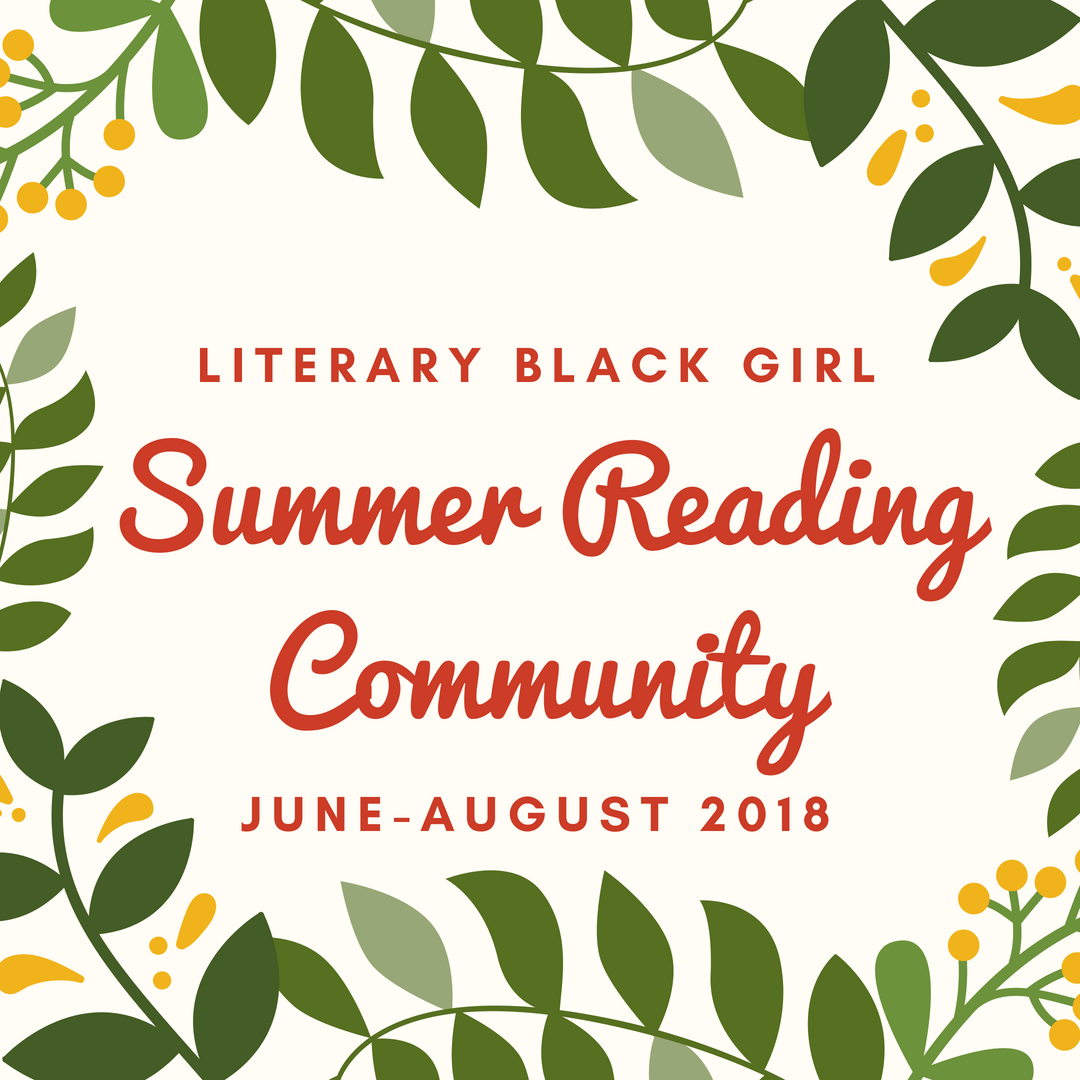Stay with Me by Ayòbámi Adébáyò
This is a book that I had been wanting to pick up for a few months now, and it was also super great to purchase it from one of my new favorite local book stores. It’s a a cozy little spot complete with a resident cat, and every time I go there it lifts my spirit. I feel at home. So there were already great vibes surrounding this title before I even opened it to read. But when I did… I was wrapped into a complicated and intimate portrayal of a marriage that was full of unexpected surprises. Sorry folks — spoilers ahead.
Set in Nigeria and spanning several decades, this is a love story that becomes distended with depths of deceit, betrayal, and loss while also interrogating the patriarchal concept that places the full weight of fertility on women within traditional African communities. Yejide and Akin met and fell in love while Yejide was still in univeristy. One of the immediate non-negotiable factors of their relationship is that Yejide refuses to be a part of a polygamist household; she was the only child of her father’s third wife, and she suffered because of the complicated dynamics of her family. But after four years of childless marriage, she finds that a second wife named Funmi has been forced on her by Akin and their conniving extended family. Yejide is livid and enraged. The pressure to get pregnant ascends to a new level as Yejide knows that the only way to get rid of this other woman is to become pregnant before her. She eventually succeeds in this, but the price of each pregnancy is greater than the last. Each of her children are born with sickle cell disease, which in the 1980s was almost always a childhood death sentence.
An aspect that I particularly enjoyed about this story is that husband and wife each tell this tale, and we receive a much fuller picture of their life together as a result. Through Akin’s eyes we discover that he has laid a precarious plot with his brother, Dotun, to get Yejide pregnant when he becomes privately aware that it is he who is the reason they cannot conceive. Akin convinces Dotun to seduce his own wife so that she might get pregnant by him rather than be honest about his own incompetence. Yejide bears three children in this manner, but there is a grave, fatal flaw in Akin’s plan. It is his brother, Dotun, that carries the active sickle cell trait. Because of sickle cell, two of Yejide and Akin’s children die in early childhood, and Yejide is so certain of the eventual death of the third that she is reluctant to exert the same motherly energy and love that she did on the others on a child she will eventually lose as well. She names her, Rotimi, meaning stay with me.
When Yejide finally learns the truth of Akin’s deception, she withdraws from their marriage, but remains in their home for Rotimi. She makes a bold decision and shifts much of the responsibility of caring for the child onto Akin. Considering the weight that tradition carries in the their relationship, it is very significant that she choses to “neglect” some of her motherly duties and force her husband to meanfully engage in childcare. Rotimi eventually falls gravely ill while on a trip with Akin, and when Yejide finds out, she decides to leave and not return to her home with Akin.
I mentioned at the top that this book interrogates the patriarchy in traditional African communities. Akin has known since before he married Yejide that he has a genital issue. His infertility was confirmed by a doctor when they were both tested, and yet he concealed this information from Yejide and his family because it was an unfathomable shame for a man to be unable to produce children. Instead of upholding the partnership of his marriage, he allowed the weight of their childlessness to rest squarely on Yejide’s naive shoulders. I use the world naive specifically because, Yejide was intentional about maintaining her virginity until marriage in order to combat her step-mothers’ belief that she would end up a common whore like they considered her mother. It’s probably an overreach to say she knew nothing about sex, but she was ignorant enough to be fooled by Akin for a very long time. Funmi, Akin’s second wife, was not so easily fooled. She was not a virgin as Yejide had been. (Read the book to find out the depths to which Akin was willing to go to conceal his truth!) The idea (that persists in America today as well) that sex is something that is done to women instead of something in which we are active participants is what drove Yejide to remain silent about what even she knew was strange about she and Akin’s sex life. Honestly, for me, it’s a hole in her character development that she doesn’t begin to have questions about how she spends one weekend with Dotun and becomes pregnant after years of sleeping with her husband and no pregnancy.
Regardless, the end of the book though, is my favorite part. It was truly unexpected, and I enjoyed that the author was able to thwart my intuition and surprise me. You should read Stay with Me not simply to find out how the story ends, but to discover a story that shocked me with it’s complexity and depth and will leave you pondering it long after you’ve read the last page.
Have you read this book? If so, what did you think of it? Let’s chat in the comments below!
